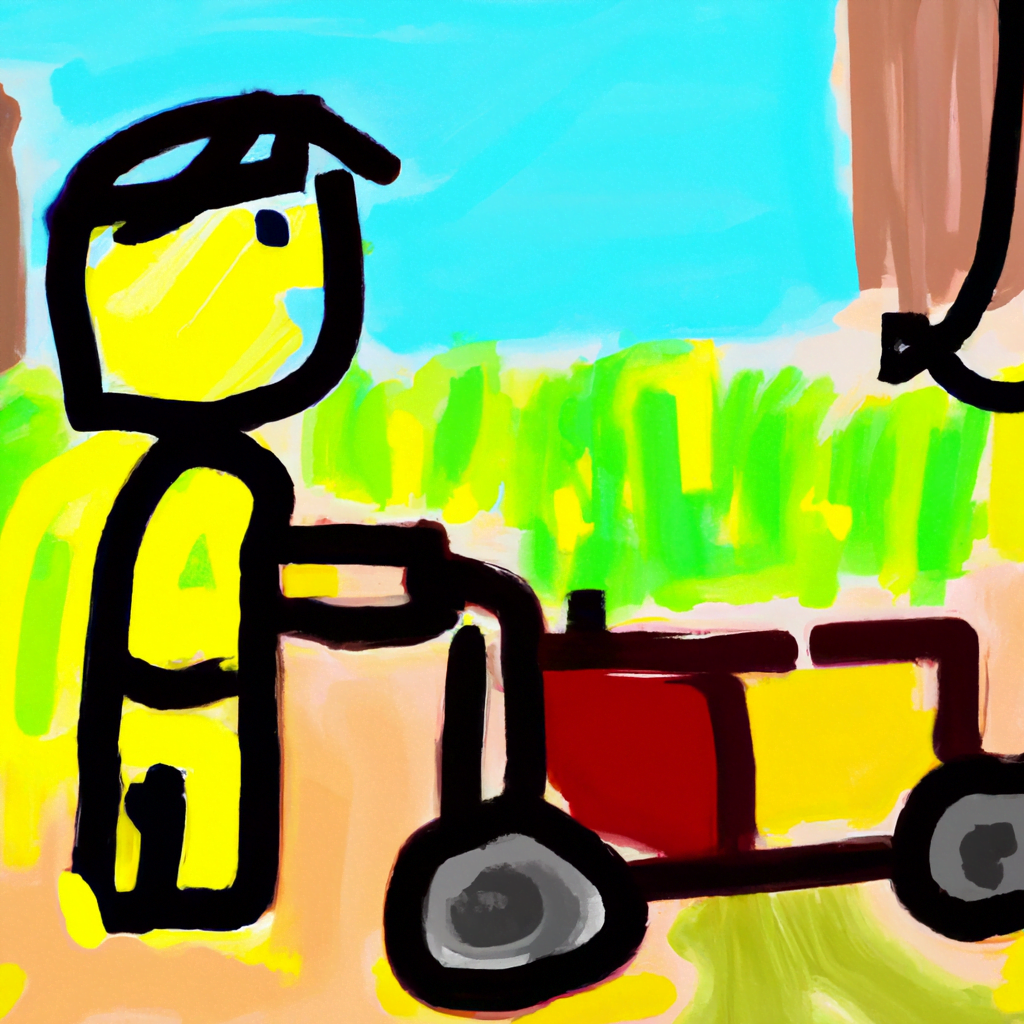The Evolution of Illustration in Graphic Design
Illustration has been an integral part of graphic design since its inception. Over the years, it has evolved and adapted to the changing trends and technologies in the industry. From traditional hand-drawn illustrations to digital creations, the evolution of illustration in graphic design has been a fascinating journey. In this article, we will explore the different stages of this evolution and how it has shaped the field of graphic design.
The Early Days of Illustration in Graphic Design
In the early days of graphic design, illustrations were primarily created using traditional techniques such as pen and ink, watercolors, and woodcuts. These illustrations were often used in print media, such as newspapers, magazines, and books. Artists would spend hours meticulously creating intricate illustrations by hand, adding depth and character to the design.
One of the most notable examples of early illustration in graphic design is the work of William Morris, a prominent figure in the Arts and Crafts movement. Morris’s illustrations were characterized by their intricate details and vibrant colors, which added a sense of beauty and craftsmanship to the design.
As technology advanced, new techniques and tools were introduced, leading to the next stage in the evolution of illustration in graphic design.
The Rise of Digital Illustration
The advent of computers and digital software revolutionized the field of graphic design, including illustration. Digital illustration allowed designers to create artwork using software programs such as Adobe Illustrator, CorelDRAW, and Photoshop. This new medium offered a wide range of possibilities, enabling designers to experiment with different styles, colors, and effects.
One of the key advantages of digital illustration is its flexibility. Designers can easily make changes, experiment with different compositions, and create multiple versions of an illustration without starting from scratch. This level of flexibility has significantly sped up the design process and allowed for more experimentation and creativity.
Moreover, digital illustration has made it easier to integrate illustrations into various mediums, such as websites, mobile applications, and social media platforms. With the rise of digital platforms, the demand for digital illustrations has increased, leading to a surge in the popularity of digital artists and illustrators.
The Influence of Illustration in Branding
Illustration has played a crucial role in branding, helping businesses create a unique and memorable visual identity. Brands often use illustrations to convey their personality, values, and messages in a visually appealing way.
For example, Dropbox, a cloud storage company, uses illustrations throughout its website and marketing materials to communicate its brand’s friendly and approachable nature. The use of illustrations helps differentiate Dropbox from its competitors and creates a cohesive and recognizable brand image.
Another example is Mailchimp, an email marketing platform, which uses playful and colorful illustrations in its branding. The illustrations add a sense of fun and creativity to the brand, making it more engaging and memorable for its users.
The Integration of Illustration and Typography
Illustration and typography have always been closely intertwined in graphic design. The combination of these two elements can create visually striking and impactful designs.
Designers often use illustrations to enhance typography, adding visual interest and depth to the text. This integration can be seen in various design projects, such as posters, book covers, and advertisements.
For instance, the famous “Got Milk?” campaign by the California Milk Processor Board featured illustrations of milk mustaches alongside bold typography. The combination of the illustrations and typography created a memorable and effective advertising campaign.
The Future of Illustration in Graphic Design
As technology continues to advance, the future of illustration in graphic design looks promising. With the rise of virtual reality (VR) and augmented reality (AR), designers will have new opportunities to create immersive and interactive illustrations.
Additionally, the integration of artificial intelligence (AI) in design tools may revolutionize the way illustrations are created. AI-powered software can analyze and understand the style and preferences of a designer, assisting in the creation of illustrations that align with their vision.
Furthermore, the demand for unique and personalized illustrations is expected to grow. Brands are increasingly looking for illustrations that reflect their individuality and resonate with their target audience. This trend opens up opportunities for illustrators to create custom illustrations that cater to specific brand identities.
Conclusion
The evolution of illustration in graphic design has been a remarkable journey. From the early days of hand-drawn illustrations to the digital era, illustration has continuously adapted to the changing needs and technologies of the industry.
Digital illustration has revolutionized the field, offering designers more flexibility and possibilities. Illustration has become an essential tool in branding, helping businesses create a unique and memorable visual identity. The integration of illustration and typography has also resulted in visually striking designs.
Looking ahead, the future of illustration in graphic design holds exciting possibilities. With advancements in technology, designers will have new tools and mediums to explore, such as VR, AR, and AI. The demand for personalized and unique illustrations is also expected to grow, providing illustrators with new opportunities.
As the field of graphic design continues to evolve, illustration will undoubtedly remain a vital component, adding depth, character, and visual interest to designs.
